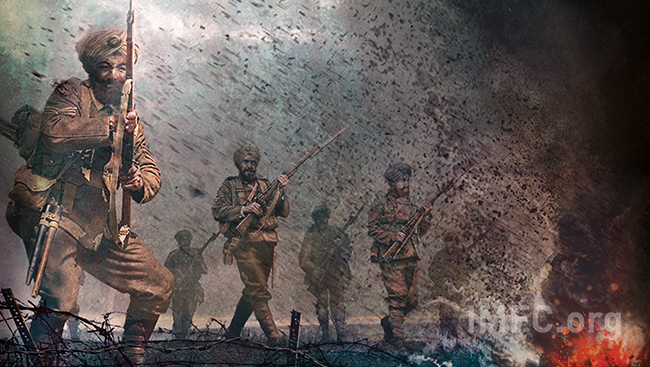Do you often see your child throwing tantrums and are worried if your toddler will grow up to be a tantrum king or queen? Often we see children fighting with their parents to buy them a certain toy or dress, tantrums to play or watch TV, and in the process not following the instructions set by the parents. The tantrums could include endless whining, crying, screaming, kicking, hitting, and teeth-jarring screams.
Parents may have to even deal with power struggles when a child commands ‘I can do it myself or I want it, give it to me’ and other such crabbiness. Does all of this sound very familiar to you? Well, fret not. You are not the only parent burning his or her face in embarrassment due to the emotional melt-downs or grumpiness thrown in by your little ones. There are simple ways to tackle the angry outburst when tantrum strikes.

To begin with, tantrums are simply a child’s way to show frustrations. One must remember that the relationship between parent-child is tender and needs to be handled with utmost care.
If you tend to reward your child’s tantrums with something he/she wants or allow your child to get out of situations by throwing a tantrum, this will continue like a chain reaction. So parents, instead of looking at them as a blow, treat tantrums as a chance to educate and wizen up your child.
“Temper and tantrums are common in kids between one to five years of age. Some kids throw tantrums at the drop of a hat. There is no other way a small child can show his/her upset feeling or frustration. My kids show tantrums when they are tired, hungry, sleepy or uncomfortable or when they are deprived,” says Priya Varma, mother of two young daughters in Ottawa, Ontario.
Varma points out that kids take time to learn to deal with frustrations, they take time to mature and understand the dos and dont’s of life. “When my daughter started to talk, her language skills improved and she could explain herself better, so she felt less angry.”
She suggests ways to control the frustration. “These days, toddlers want independence and control over everything. I change the environment when my kids get frustrated. I praise them a lot to help them feel proud of what they can do. I do not always say no, I consider and accommodate when I can. I tell myself that I have to help and teach them and not scare or offend them.”
Setting an example for your child to learn is also important. “My friend’s daughter used to show temper if she did not want to sleep, or did not want to leave the playground. She would kick, bite and pinch, which is when the parent cannot possibly keep calm.
The tiny tots learn from elders or peers, therefore we need to set a good example by handling your own frustration softly,” advices Varma.

Child psychologist Archana Jain, states some dos and don’ts while dealing with tantrum-prone kids.
1. Ignore or stop responding to the tantrums. Often it works in your favour as tantrums do not last for too long in children. If you try to end it, you may worsen it.
2. Calm your child by praising him or her for positive behaviour. The trick is to comfort and reward your child without giving in to the demands. Give plenty of positive attention to the child, hug and reassure love to your child.
3. If it is severe, do not mock at or punish a child who has a temper tantrum. Acknowledge the frustration or anger after the child calms down.
4. There are ways to coach the child how to handle temper or ways to deal with negative emotions. Help your child learn self-control.
5. Distract your child, and persuade him/her to take a break from a provoking activity. Children tend to have a short attention span, so try to take advantage of it by offering a new activity in place of what they should not do.

6. Try to be a good role model to your child, as they learn by watching their parents or their surroundings.
7. Sometimes try to give children some control over little things. Give them choices, so they can learn to decide with choices in hand instead of giving them no option and forcing them to say a big NO.
8. Rather than setting a specific time limit for your child, tell him/her to stay in the room until he or she regains control. This is how they learn think through situations.
9. Keep their favourite objects, toys or food item out of sight and out of reach. This gives less options or opportunities for
tantrums.
10. Hitting or spanking is no way considered ideal, physical punishment can make them violent. Keep calm and help the child calm down. That can result in more negative behaviours over the long run. Instead, have enough self-control for both of you.

11. Kids who are in danger of hurting themselves or others during a tantrum should be taken to a quiet, safe place to calm down and cool off.
12. Make sure your child is getting enough sleep as per the child’s age. With less sleep, kids can become hyper, disagreeable, and have extremes in behaviour.
And lastly, remember temper or tantrums stop on their own as the kids grow up and learn to cooperate, communicate, and cope with frustrations. And all this helps you become calmer or happier parents.
Happy Parenting!





